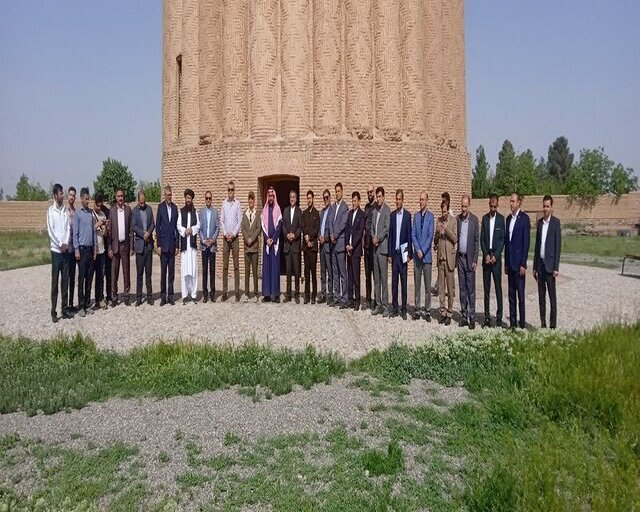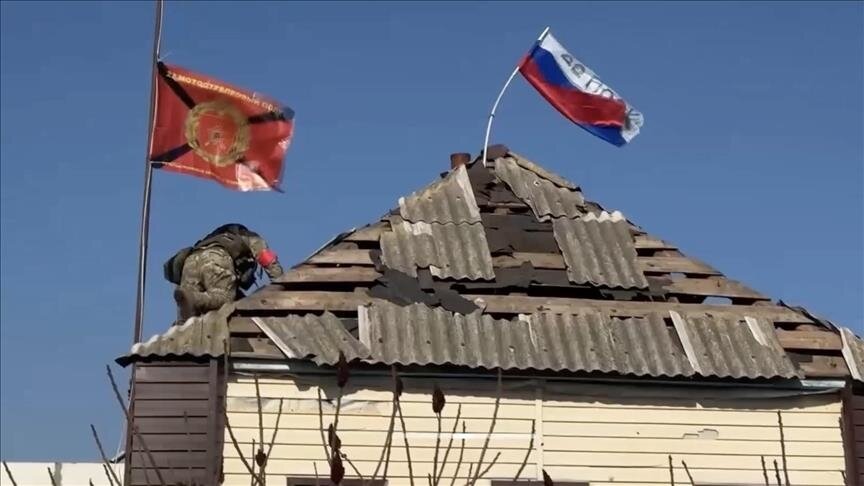
TEHRAN Forty-seven years ago, in April 1978, the leader of the UK opposition Conservative Party, Margaret Thatcher, visited Iran almost a year before the Islamic Revolution.
She held talks with Mohammad Reza Shah and cajoled him into buying more British-made weapons and military equipment in a bid to create jobs in her country amid the economic recession.During the visit to Iran, Thatcher described Mohammad Reza as one of the worlds most far-sighted statesmen.Perhaps, Thatcher was one of the politicians that Shah's regime could have relied on most in Europe.
She played a substantial role in shaping her partys view of developments in Iran and the world.During her visit to Tehran in spring 1978, Thatcher discussed with the Shah the sale of British weapons to Iran and the construction of a military-industrial complex near Isfahan.
She said during the meeting with Shah that Iran's purchases of military equipment had created thousands of jobs in Britain, at a time when her country was grappling with a high rate of unemployment.A look at the history of relations between Iran and Britain before the 1979 Islamic Revolution shows that the British had a hand in every internal affair during the Shahs rule, which lasted for twenty-seven years between 1941-1979.Brits establish Pahlavi dynastyBritain was the foreign power that played a substantial role in establishing the Pahlavi dynasty.
A British Embassy report from 1932, as published by British media, admitted that the British put Mohammad Rezas father, Reza Khan, "on the throne".The Brits were the dominant power in Iran even before the Pahlavi dynasty, namely the Qajar dynasty.
They had pressured Qajar shahs to make huge concessions in the oil and natural resources fields.Reza Khans ascension to power as the war minister and later prime minister during the last of the Qajar shahs, Ahmad Shah, was all done with Britains support prior to his coronation in 1925 and the establishment of the Pahlavi dynasty.
During Reza Shahs 20-year reign, the British effectively took control of Iran and its resources after helping him to establish a military dictatorship in the country in line with their colonial goals.It was the British who removed Reza Shah from power and replaced him with his son, Mohammad Reza Pahlavi in 1941 after they detested him for his alleged inclination towards Germany during World War II.During Mohammad Rezas reign (1941-1979), the British continued to be behind many major developments in Iran.
It was them who, in cooperation with the newly arrived Americans, staged the 1953 coup against the democratically elected government of Mohammad Mosaddegh on August 19, 1953.Mohammad Reza Shah's concession of Bahrain in 1971 was also the work of the British.
Indeed, the Shah succumbed to a decade-long plot designed by the British Empire.
Bahrain declared independence as the result of a sham process orchestrated by Britain.Events like those raised popular resentment against the British presence in Iran before and after the Islamic Revolution.Britains desperation after the 1979 Islamic RevolutionA few months after Thatchers April visit to Iran, the United Kingdom Labor government led by Prime Minister James Callaghan secretly agreed to the Shahs request to supply 175,000 CS gas canisters and up to 360 armored personnel carriers to the Shah's regime to help in cracking down on the growing protests.
The Brits also had the Shah's intelligence apparatus, SAVAK.Ten days after the victory of the Islamic Revolution in Iran, Callaghan vowed through his Foreign Secretary, David Owen, that he would recognize the interim government of Mehdi Bazargan in Iran.
But two months after that, when Thatcher took office in May, she announced that her country would reconsider its recognition of the new Iranian government.
That announcement was the beginning of a hostile policy that the new U.K.
prime minister adopted during her 11-year tenure towards the Islamic Republic of Iran.However, she refused to grant political asylum to fugitive Shah for fear of reprisals from the Iranian revolutionaries.Meanwhile, the Thatcher government approved of some American officials proposal on the necessity of a military attack on Iran in response to the takeover of the American Embassy in Tehran.
Subsequently, she accepted the U.S.
call to join the economic sanctions against Iran, and in 1980, she voiced the U.K.'s support for the Eagle Claw Operation by the U.S.
commandos to airlift the Embassy staff held in Tehran.
The operation ended in a catastrophe for the U.S.
troops after a sandstorm grounded the troops and destroyed their military equipment in the Tabas Desert in northeastern Iran.A few days after the failure of the U.S.
operation, the siege of the Iranian Embassy in London began.
A group of terrorists took 26 people hostage, including Embassy staff, inside the compound from 30 April to 5 May.
A siege ensued by the British government while some of the anti-Iran demands from the hostage takers were met, such as the broadcasting of their demands on British television.
Two Iranian diplomats were killed in the incident.Following the death of Mohammad Reza Pahlavi in ??1970, the Thatcher government issued a statement expressing condolences over his demise.
There were other assaults against the Iranian diplomatic premises and other interests in the U.K.
in 1980.
Moreover, in June 1984, the Thatcher government expelled five Iranian diplomats from the United Kingdom, which met with a backlash from Iran.Furthermore, Thatcher's government armed Iraq throughout the 1980s during the foreign-backed war against Iran.The UK government severed diplomatic relations with Iran on 7 March 1989 in protest over a fatwa issued by Imam Khomeini over the publication of Salman Rushdie's The Satanic Verses in the UK.
The Iron Lady government also launched a witch-hunt campaign against Iranian students in the country that year..
This article first appeared/also appeared in Tehran Times

 5
5














